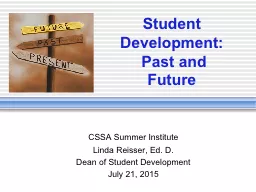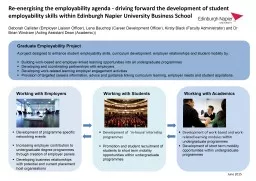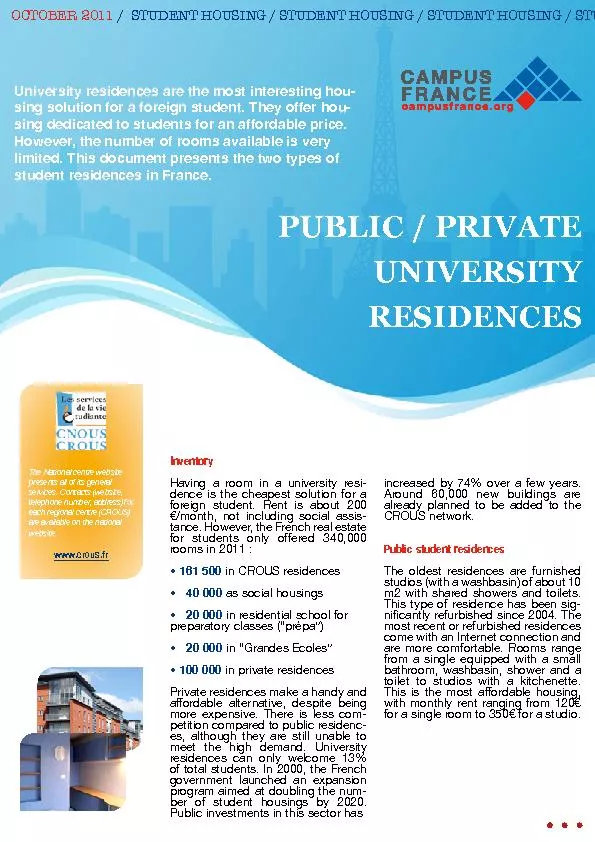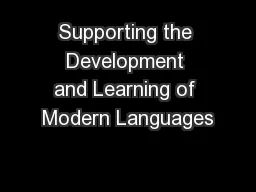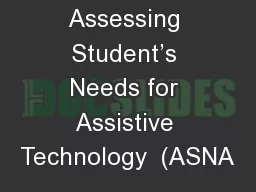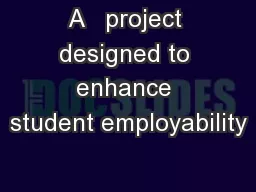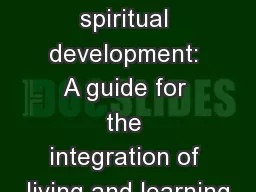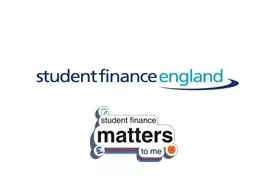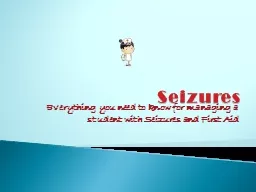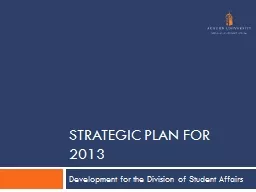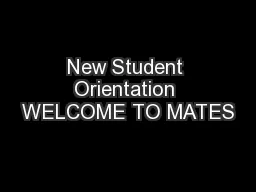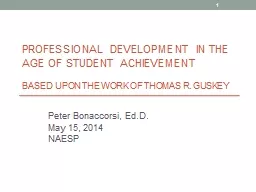PPT-Student Development:
Author : phoebe-click | Published Date : 2017-04-10
Past and Future CSSA Summer Institute Linda Reisser Ed D Dean of Student Development July 21 2015 Questions What does it mean to belong to a profession called
Presentation Embed Code
Download Presentation
Download Presentation The PPT/PDF document "Student Development:" is the property of its rightful owner. Permission is granted to download and print the materials on this website for personal, non-commercial use only, and to display it on your personal computer provided you do not modify the materials and that you retain all copyright notices contained in the materials. By downloading content from our website, you accept the terms of this agreement.
Student Development:: Transcript
Download Rules Of Document
"Student Development:"The content belongs to its owner. You may download and print it for personal use, without modification, and keep all copyright notices. By downloading, you agree to these terms.
Related Documents

